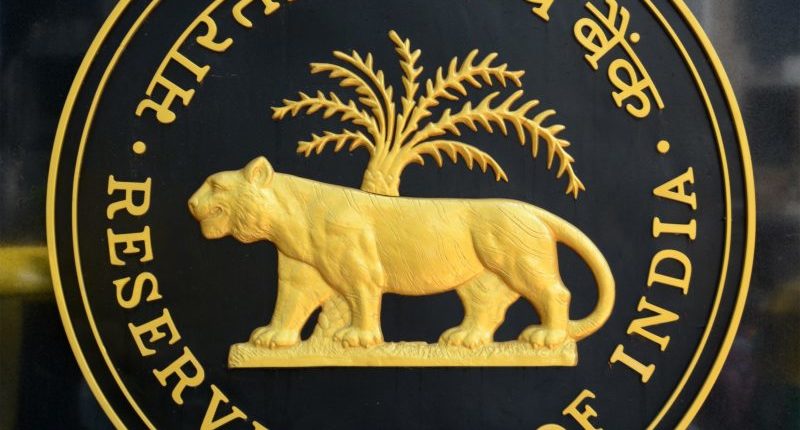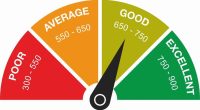Contrary to expectations of a 25-basis points increase, the RBI’s decision to maintain the repo rate at 6.5% during its recent monetary policy meeting is a significant relief to existing and potential borrowers.
This decision alleviates concerns over rising interest rates and provides stability. Homebuyers can now breathe a sigh of relief as the interest rates had peaked due to consecutive repo rate hikes by the RBI aimed at managing inflation and maintaining liquidity in the economy.
As per industry experts, a positive outlook indicates that the worst phase has passed, and interest rates are stabilising. If inflation remains under control, there is a possibility of witnessing rate reductions before the end of 2023. For individuals with repo-linked loans, any changes in the repo rate within a quarter should automatically lead to a reset of their interest rate.
Currently, eligible borrowers can find home loan rates in the range of 8.40% to 8.50%, the lowest available in the market. If borrowers are paying significantly higher rates, it is advisable to consider refinancing. By securing a rate reduction of 50 basis points or more, substantial long-term savings can be achieved.
When assessing your home loan rate, it’s essential to consider the premium you pay over the repo rate. For instance, if your rate stands at 8.50%, the premium over the repo rate would be 2%.
Borrowers who are considered prime, possessing favourable credit histories and robust income credentials, generally qualify for loans with the lowest premium. On the other hand, borrowers with less favourable credit profiles may be subject to higher premiums. It’s crucial to evaluate your individual financial circumstances and creditworthiness to understand the premium you may be required to pay.
Repo rate adjustments by the RBI play a crucial role in stabilising the Indian economy. While a rate hike increases borrowing costs, a rate decrease encourages lending and investment. However, the impact on the housing market, a significant contributor to the economy, is nuanced, as it depends on various factors such as affordability, demand, and market dynamics.
Repo Rate Hike’s Impact on Home Buyers
A repo rate hike increases borrowing costs for banks from the RBI. Banks raise their lending rates to compensate, making home loans more expensive for buyers. The higher interest rates deter potential homebuyers, leading to reduced demand and a slowdown in the housing market. Homeowners may also face challenges as they reassess their EMIs, monthly budgets, and lifestyle plans, potentially causing delays in their home-buying decisions.
When the repo rate is hiked, it can potentially trigger a correction in real estate prices, resulting in a decline due to reduced housing demand. This situation allows homebuyers to find favourable deals as sellers may be motivated to offload their inventory. However, developers may face challenges in selling their properties, leading them to consider reducing costs to attract buyers.
Impact of Repo Rate Decrease on Home Buyers
A repo rate decrease has the effect of making loans more affordable for buyers by lowering lending rates. This, in turn, stimulates demand for housing, as cheaper loans attract more homebuyers. Increased demand often leads to a rise in property prices, resulting in value appreciation and potential profits for investors.
Additionally, the reduced repo rate allows builders and developers to access cheaper loans, reducing their construction costs and incentivising them to initiate new projects. The overall impact of a repo rate decrease is a boost to the housing market and increased activity in the real estate sector.
Moreover, a decrease in the repo rate effectively lowers the cost of borrowing, providing an opportunity for existing homeowners to refinance their loans and benefit from the reduced interest rates. This allows homeowners to choose between reducing their Equated Monthly Installments (EMIs) or shortening their loan tenure. In either case, the lowered rates enable homeowners to save more on interest payments and potentially increase their overall savings.
Repo rate hikes and decreases are temporary decisions made by the RBI in response to the state of the economy. These adjustments have ripple effects on various economic indicators, including the affordability of home loans.
Conclusion
Homebuyers must stay informed about interest rate fluctuations and their impact on the housing market to make well-informed investment decisions. Planning for the long term is essential, considering current and future requirements while assessing affordability. A solid financial plan and an understanding of economic trends can greatly assist homebuyers in making profitable investments that align with their needs.
For any clarifications/feedback on the topic, please contact the writer at samiksha.swayambhu@clear.in

I am an engineer passionate about literature, content, books, feline companions, and practising yoga. I love navigating diverse genres, which led me to my work here at ClearTax.





